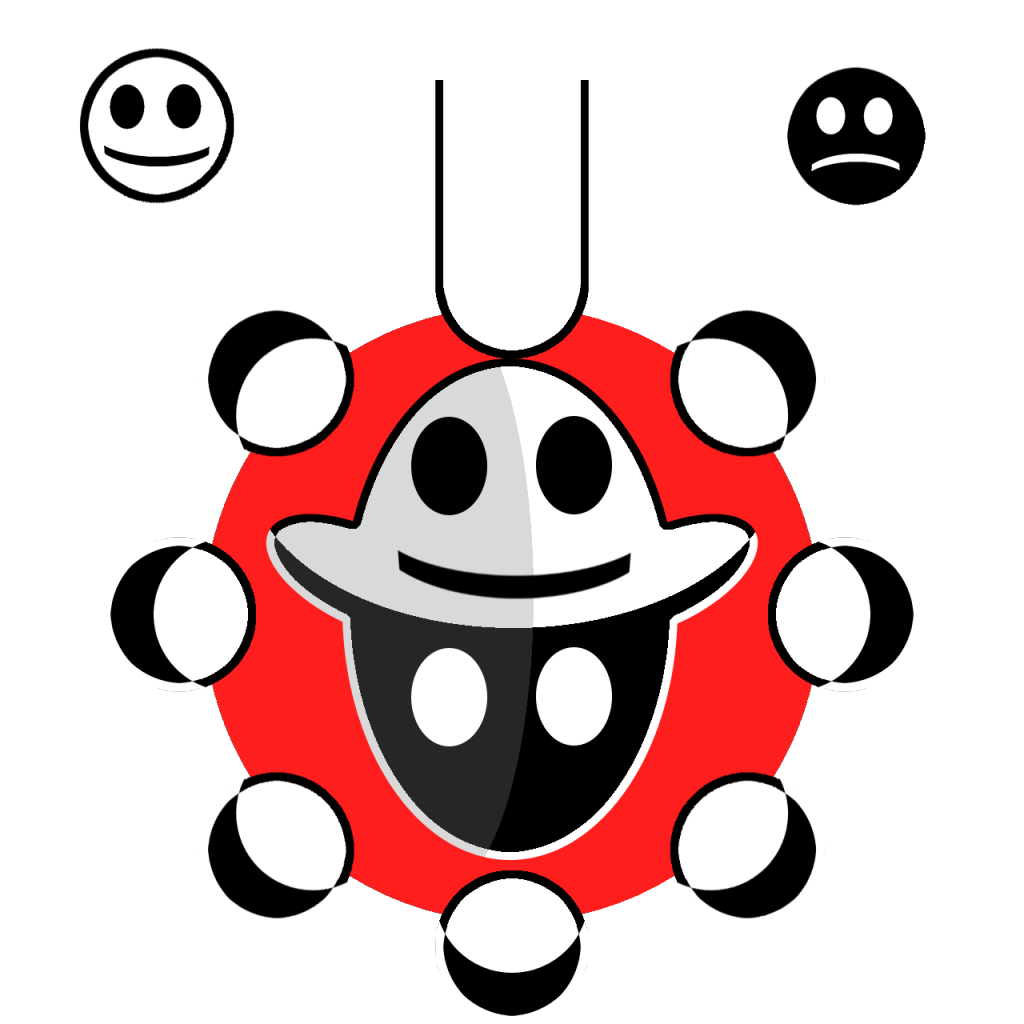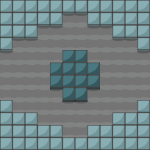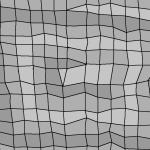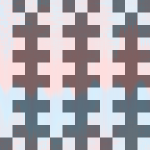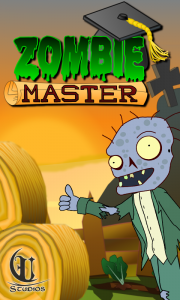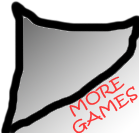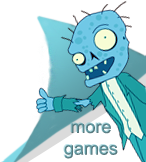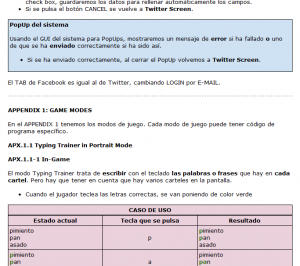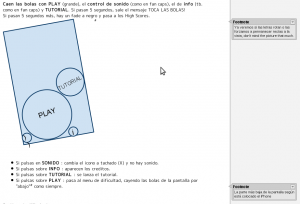On the 25th/26th of January 2014 some cool developers met at Vitei‘s offices in Kyoto and spent the weekend making games for the Global Game Jam 2014. I went too, and along with two young japanese programmers we did this game. It was a great experience and I’d like to share with you a bit of the process.
So Kyoto’s Game Jam was kind of relaxed. While other people in Osaka where starting on the evening of the 24th we gathered at 9 a.m. on the 25th. We started by watching this video:
Then we started to discuss ideas on the whiteboards based on this year’s theme (“We don’t see things as they are, we see things as we are“) and split into teams. I was involved in a discussion of a game that turned out to be this one. But since we where 6 people (4 programmers) talking about that game we decided to split into two teams. My team were two programmers and me. We thought about a few ideas and eventually we sticked with one to be able to start developing (at around noon).
The first thing I did was paint a few placeholders of background and the player so my fellow programmers would be able to work on the game and see results before any “final” art was done. After that I did the player’s graphics.
And then I struggled for a long time trying to get the right style for the background that was supposed to be like big random tiles that could fit with any other in a 3×3 grid. Eventually we did not do the random thingy but the final assets are indeed capable of that.
Since when you are stuck with something the best thing you can do is try and do something different, I changed to doing music. For this I used Garageband. The first music style that came to my mind (only god knows why) was THIS. But the music I did was much simpler than that. The moment I felt I got something I could hear repeated for long enough and not get too sick of it I stopped composing. Of course I would have liked to lengthen it and add a melody to it if we had had the time. Here is the main loop repeated 3 times.
After doing some animations of bullet impacts so you know if you’re getting damage or not and the death animation, I did some SFX. I recorded some sounds I made with my mouth or hands with my phone (which I bet was the best mic I was carrying) and then changed the pitch, added echoes, removed noise, etc. on Audacity. Here are the sounds along the original recording in a zip file. The death sound was made with Garageband as well.
Finally I did two screens on how to play and control scheme, and the title of the game (we didn’t have a title so I made something up a few minutes before the deadline!). So that’s the story behind Geometry Ikaruga Wars. I hope you liked it.
At 4 p.m. we did a short presentation of the games and after that we fixed a few things and uploaded it to the Global Game Jam site (again a few minutes before 6 p.m. that we where supposed to leave so it’s not the best upload ever I’m afraid ^^’). Anyway. Seems everybody managed to get a game working and I liked the concepts other teams gave life to. Amazing experience I recommend to anyone. ^_^

